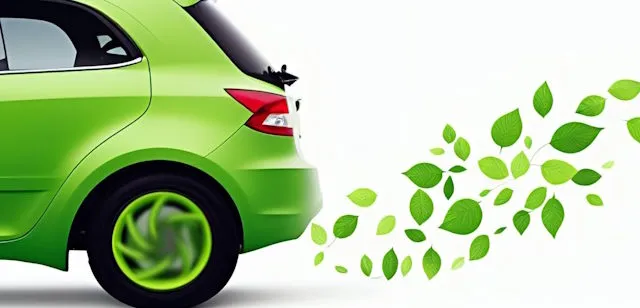Stellantis To EU: Don't BAN ICE


Stellantis has joined the list of European carmakers pushing back against the continent’s 2035 ban on new combustion engine vehicles, arguing that an EV only future should not be the only option. Chairman John Elkann has urged Brussels to rethink the hard cutoff and allow technologies such as plug in hybrids and range extending engines to continue beyond 2035.

Elkann, who also chairs Ferrari, says plug in hybrids and range extending electric vehicles, where combustion engines act as generators to recharge batteries, should be permitted alongside pure battery electric cars. He has also pointed to synthetic and alternative fuels, including e fuels, as additional routes to reduce tailpipe emissions without scrapping internal combustion technology altogether.
His comments add weight because Stellantis is the world’s fourth largest carmaker, with brands ranging from Peugeot, Citroen and Opel to Jeep, Fiat and Alfa Romeo. The group is already investing heavily in electric vehicles, but wants regulators to keep multiple technical pathways open rather than locking the market into one solution.

The debate is not only about the 2035 ban. Well before that deadline, manufacturers must meet tougher fleet emissions targets. For 2025 to 2029, the EU fleet average target is 93.6 grams of CO2 per kilometre, a 15 percent cut from 2021 levels. For 2030 to 2034, the target falls sharply to 49.5 grams per kilometre, a 55 percent reduction from 2021. From 2035 onwards, the target drops to zero, which in practice bans new petrol and diesel cars.
The EU had first proposed that carmakers meet the new 93.6 gram target every year from 2025. It later eased the rule, allowing companies to average emissions over the 2025 to 2027 period instead of hitting the limit each year. Elkann wants even more flexibility, suggesting that the industry should be allowed to average fleet emissions over a five year window from 2028 to 2032. Carmakers say this would give them more room to manage model cycles, factory retooling and battery supply.
The European Commission was originally due to review the 2035 rules in 2026, but has now brought that review forward to December 2025. That discussion will take place against a difficult backdrop for the European car industry, which is facing pressure from Chinese EV makers, weaker sales and uncertainty over trade policy in the United States. Stellantis itself recently announced a 13 billion dollar investment overhaul for its American manufacturing footprint, helped by more flexible regulations there.

A core concern for executives is that EV sales are not growing quickly enough to meet the targets. Electric vehicles accounted for 16.1 percent of the EU market through September 2024. Moving from that level to 100 percent in nine years, at a time when sales are flat or declining in some markets, looks unrealistic to many manufacturers.
Several rival bosses have publicly echoed these worries. BMW CEO Oliver Zipse has called the 2035 ban a major strategic mistake, arguing that focusing on a single technology creates dependencies that could hurt both industry and consumers. Mercedes Benz CEO Ola Kallenius has warned that the European auto industry could collapse if the ban goes ahead unchanged, and has called for what he terms a reality check on the timeline.
Both have stressed that they support decarbonisation targets, but want what they describe as a technology neutral approach. Kallenius, who heads the European Automobile Manufacturers Association, earlier backed a 100 percent reduction in fleet CO2 emissions by 2035. He now says the target date should be adjusted or made more flexible, given the current pace of EV adoption and investment costs.

Governments are also shifting their stance. Germany, Europe’s largest car market and home base for Volkswagen, BMW and Mercedes Benz, has become increasingly vocal in its criticism of the 2035 ban. Chancellor Friedrich Merz said in October 2025 that he believes the ban is wrong and wants the EU to scrap the deadline. France and Spain have floated compromise ideas that would allow more flexibility on combustion engines if carmakers meet stricter local content rules for vehicles and batteries.
The political climate in Brussels has changed since the rules were first agreed. The 2024 European elections produced a Parliament less supportive of the previous Green Deal agenda. The European People’s Party has gained influence and is pushing harder to defend industrial competitiveness, even if that means softening some climate measures. The rejection of a fast track procedure for the 2040 climate law in mid 2025 was an early sign of this shift.
Stellantis CEO Antonio Filosa recently contrasted Europe with the United States, saying the US market is seeing strong growth because the current administration has changed regulation and given buyers more freedom of choice. Elkann argues that Europe is moving in the opposite direction by narrowing consumer options. With around 13 million European jobs linked to the auto sector, the December 2025 policy review will be watched closely by manufacturers, suppliers and governments who see it as a key moment in deciding how the region balances climate goals with the future of its car industry.